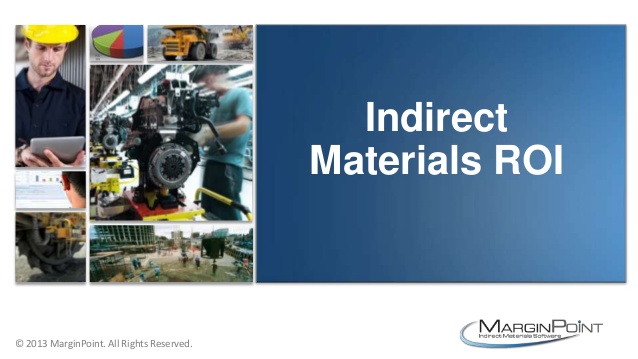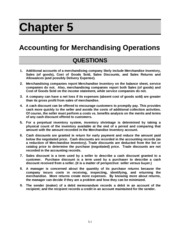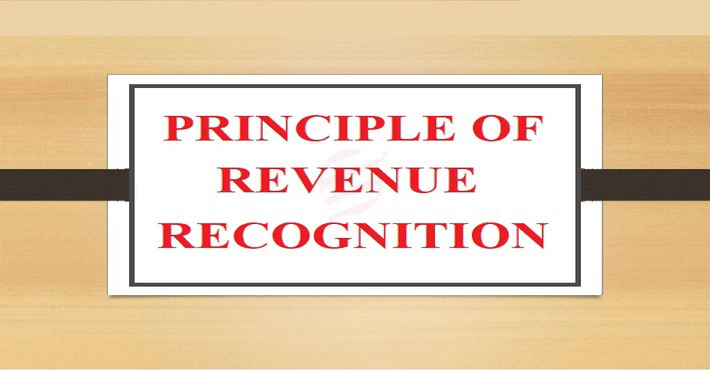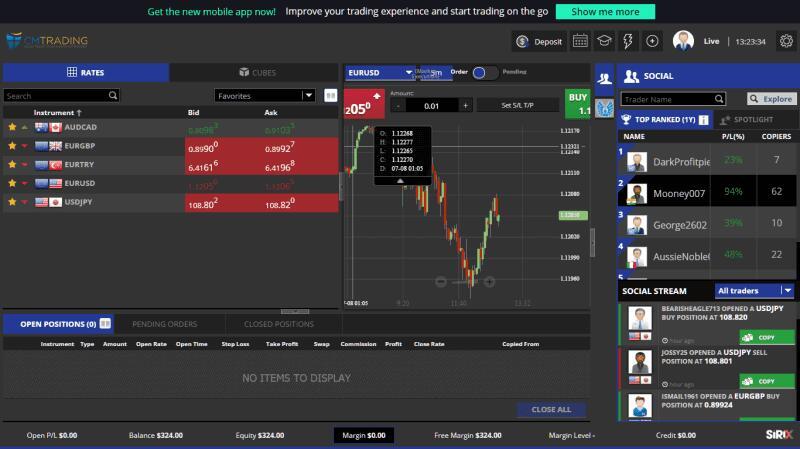
When you’ve entered all of the hours required for the payroll run, a comprehensive preview lets you check your work easily. Payroll by Wave’s payroll procedures, on the other hand, are not intuitive, like Square Payroll’s are. Either way, you still have to provide federal and state account numbers, tax rates, and ID numbers that you may not have on hand unless you’ve already been processing payroll. Depending on what state you’re in, you may have financial obligations to a variety of agencies that collect state disability insurance and state unemployment insurance taxes, for example.
One of the more convenient features available in Wave Payroll is the ability to create a payroll journal entry that will be automatically posted in Wave Accounting. You’ll use the same process when entering hours worked for hourly employees, though you’ll also be filling out the regular hours line. Employee garnishments are not supported in the application, and it only offers a single payroll report.
Discover the secrets to IT leadership success with these tips on project management, budgets, and dealing with day-to-day challenges. The vendors that appear on this list were chosen by subject matter experts on the basis of product quality, wide usage and availability, and positive reputation. Let us know how well the content on this page solved your problem today. All feedback, positive or negative, helps us to improve the way we help small businesses. After an in-depth review process, our experts gave Wave Payroll a 4-star rating. However, Wave Payroll’s help center is fully-fledged and consistently updated.
(Neither does Wave Accounting, which you can use via a browser only.) Honestly, few payroll companies have solid employer-facing payroll apps — it’s just a shame Wave Payroll isn’t one of them. Additionally, Wave Payroll integrates with fewer third-party accounting software than solutions like Gusto and OnPay. The Wave payroll dashboard is one of the best places to check out if you want a summary of the payroll functions. The “Review this payroll” option also allows the users to take a quick glance at the payrolls and the payroll amount. This option works great for businesses that only pay certain staff during part of the year, such as the holiday season or the summer months.
QuickBooks Payroll, HR and Benefits
Small businesses in the US with varying numbers of hourly employed or monthly salaried employees will find Wave Payroll useful. The pricing plan is indeed unique and a little odd to some users. If you can deal with a little bit of manual work, then this is the perfect payroll software to have. The 30 days free trial period is also worth considering if you are thinking of a trial period before paying for the service.
Processing payroll through its platform only takes a few clicks. After you have approved the pay run, What is PR payment What is PR payment by Hatellove6294 takes three business days to send the payments to your employees’ bank accounts (via direct deposit). If you go to the dashboard, you’ll be able to track wages and taxes you’ve paid or assess payroll benefits and deductions. You’ll have more robust reporting options if you use Wave Accounting as this app allows for cash flow statements, sales tax reports, profit and loss statements and more. These 14 states include tax services with the option to automatically transfer tax payments and file the paperwork with your state tax office and the IRS (this excludes 1099 Filings).
- This can take a lot of time, especially if you have a large workforce.
- There’s a $6 fee per person on your payroll per month, whether employees or contractors.
- This functionality lets businesses derive insights from payroll data, helping inform broader business strategies.
- You’ll have more robust reporting options if you use Wave Accounting as this app allows for cash flow statements, sales tax reports, profit and loss statements and more.
But for growing entities desiring next-level support, the platform falls short. Employees can easily pull detailed pay stubs and tax documentation. They can also update their contact information, tax withholdings and other information. While these abilities are the norm, Wave’s gorgeous interface will impress your staff. In turn, this positive experience can improve morale and give a more professional image to your business, which can help reduce employee turnover.
Wave Payroll At A Glance
Wave’s tax-service (aka full-service) plan adds automatic payroll tax filing to its list of software tasks. You won’t have to worry about calculating payroll taxes correctly or about filing them on time—Wave Payroll does it for you. However, that’s the only difference between it and Wave’s self-service payroll option. Wave Payroll is a powerful payroll software solution that boasts a suite of distinctive features designed to simplify payroll management.

Most payroll applications include at least a dozen payroll-related reports. There are currently no mobile apps for the site, either, and what you see if you log in through your phone’s browser isn’t optimized for mobile. Click Approve Payroll when you’ve finished with all employees, and you’ll see your total payroll cost. You can click links to download your payroll data in CSV, PDF, or QuickBooks format; print checks; or preview the next payroll. There are a couple of tasks you can complete prior to running a payroll that makes the process easier and faster. Click that link in the left vertical pane, and the page opens with the first week of the next payroll cycle already queued up.
Automatic payroll journal entries
While ADP and others also provide this ability, Wave offers it at a much more affordable price. This lower cost is a testament to Wave’s keen small-business appeal. The volume of positive reviews for Wave Payroll notably outweighs the negative, with a significant majority of users on record recommending the software to others.
- If your business needs tax, bookkeeping, or accounting advisory services, Wave Advisor will provide them at a starting price of $149/month.
- Wave’s payroll software is accurate, includes direct deposit, tax forms and has all the tools you need to run your business.
- Enter regular hours that each employee worked (you can just enter 40 in the Total field if that’s correct and each weekday will be filled in with an 8).
- This connection means businesses can manage multiple financial aspects from a singular platform.
Its capabilities range from direct deposit services to payroll tax services, enhancing compliance and crucially freeing HR teams from time-consuming tasks. Importantly, Wave Payroll can integrate effectively with other software solutions, particularly Wave’s suite of financial software, for a streamlined, end-to-end business management solution. If your company is in one of the 14 states where it offers automated tax services, then you get its Tax Service States plan. If not, then you’re under its Self Service States option, in which you handle tax payments and filings yourself.
Wave Payroll offers a blend of value, efficiency, and simplicity, which makes it a strong contender when choosing a payroll software. While it delivers in terms of features, ease of use, and strong customer support, it may not meet specific individual needs entirely. It’s important to assess your specific requirements and ensure they align with what Wave Payroll has to offer. Remember, having a software that fits your needs is paramount, and we’re here to help ensure that fit is a perfect one.
But nothing can match the convenience of scheduling automatic payroll runs, so if you’re looking for more thorough automation, Paychex or ADP could be a better fit. PCMag.com is a leading authority on technology, delivering lab-based, independent reviews of the latest products and services. Our expert industry analysis and practical solutions help you make better buying decisions and get more from technology. Contractors are not included in the employee payroll run unless you set them up for direct deposit. You can’t create records for them alongside employee records nor pay them within the site’s payroll tools if you’re issuing them checks.
Best POS Systems For Small Business: 2023 Guide To Choosing The Best POS For Your Small Business
It also has sick pay policies preloaded for several states to help you stay compliant. Wave Payroll doesn’t have time tracking functionalities, so you need to input the hours into its online time sheet manually. It has separate tabs for hourly workers and salaried employees. For your hourly staff, you use it to enter their total hours worked, overtime hours, and PTO information. For salaried employees, you can add in their overtime and PTO details, if any. Overtime pay is also automatically calculated at either time-and-a-half or double time, depending on when employees are eligible for it.
Businesses in states where tax services are available pay a base fee of $35 per month and an additional $6 per month for every employee or independent contractor. I like that it’s completely free and has many easy aspects of adding receipts, reporting, tracking your expenses, bank accounts and more. I compared it with other bookkeeping software and Wave is the best because it’s free and does the same things as other platforms but more. I will mainly be using this in my business to keep track of taxes and file it accordingly. Payroll software saves you time so you can focus on the best parts of running your business.
Wave has helped over 2,000,000 North American small business owners take control of their finances. Automated, accurate payroll helps you stay compliant, save time, and be stress-free. Some of the links on our site are from our partners who compensate us. Wave’s software is free, as opposed to freemium, in that the tools can be used without tiers or limits indefinitely. Wave previously included advertising on its pages as a source of revenue.
More than 10 customer reviews on TrustRadius for Wave Payroll shows an average rating of 9.1 out of 10 stars. These mostly positive reviews praised the platform’s simple UX, competitive pricing, and customer support. Wave Payroll doesn’t offer time-tracking features beyond timesheet management. Users will need to rely on one of Wave Payroll’s time-tracking integrations to use that integration with payroll. Unlike most small business payroll systems, which streamline the process of managing PTO applications, Wave Payroll doesn’t have the capability to request and approve leave transactions online. You have to separately track PTO and input the number of approved leave hours into its online timesheets for pay processing.
Wave Payroll is designed for smaller businesses and is ideal for those with no experience processing payroll. The setup process is completed in easy-to-follow steps, but you only have the option to choose one payroll schedule, which includes weekly, bi-weekly, semi-monthly, and monthly options. If you include an employee’s email address when entering their information in Wave Payroll, they’ll receive an invitation to connect to it.
Employees can also choose to receive their payment through direct payments. But in that case, they have to wait for at least three days after you process the payroll. The best part of using this platform for employee payroll processing is that users are allowed a trial period of 30 days.











